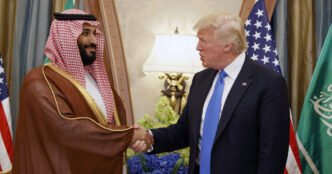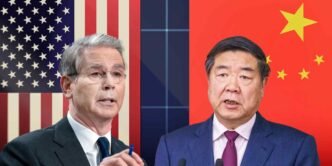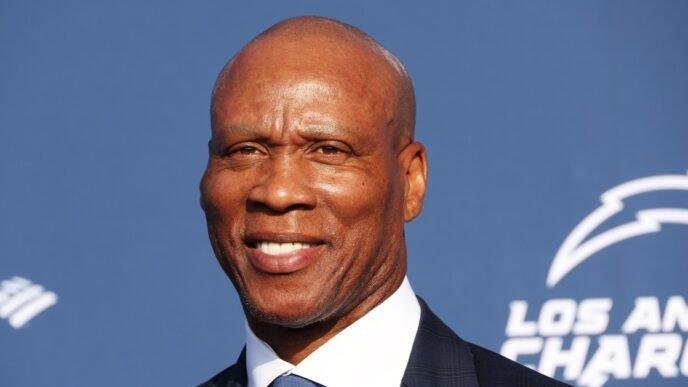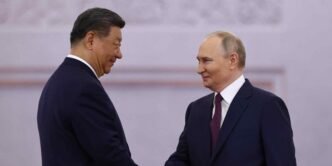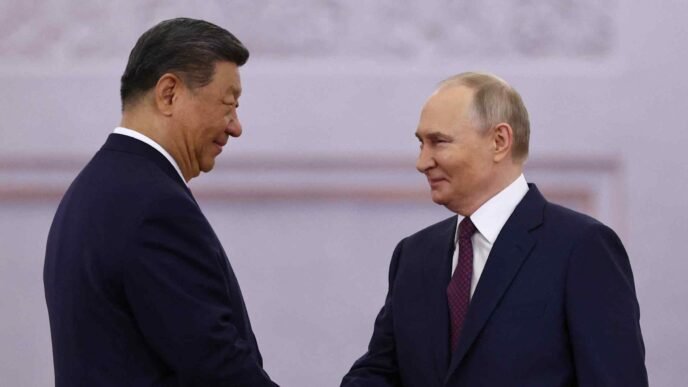President Donald Trump will return to familiar ground in Saudi Arabia next week, choosing the kingdom as the destination for his first major foreign trip of his second term, just as he did in 2017 — once again bypassing the traditional allies who have usually hosted presidents.
The decision underscores a broader Trump White House strategy, prioritizing the Middle East’s economic and strategic influence over North America’s deep-rooted trade and security ties.
With an eye on blockbuster deals, a Nobel-worthy diplomatic breakthrough and the Middle East’s role as a geopolitical fulcrum, Trump is chasing defining moments in a region that he has treated as diplomatic and economic cornerstone. Meanwhile, his unpredictable tariffs and diplomatic approach has cast a shadow over partnerships with Canada and Mexico.
This marks the second time Trump has chosen Saudi Arabia over the U.S.’ closest neighbors, diverging from a long tradition. Until Trump, Mexico and Canada had been the first or second foreign destination of nearly every U.S. president in the post-World War II era, according to the State Department. Two presidents, including Joe Biden, traveled first to another NATO ally, the United Kingdom, while America’s 37th president, Richard Nixon, made Belgium his first stop for NATO meetings.
Otherwise, presidents of both parties have stuck to the path trod by the likes of Ronald Reagan, who made his first foreign trip to Canada in March 1981, after traveling two months earlier to Mexico as president-elect.
